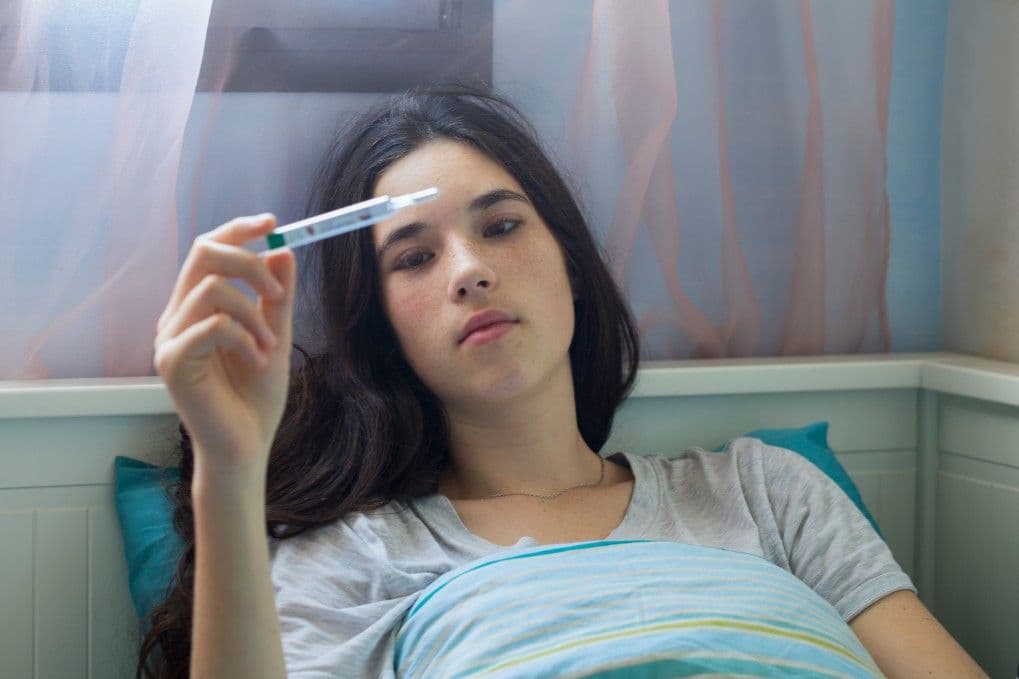Phthalates: Common Chemicals and Pregnancy Safety
Pregnancy Safety
Obie Editorial Team
What are Phtalates?
Phthalates are thought to be endocrine disrupters that are difficult to hide from. Toiletries and cosmetics are laced with them. They’re in shower curtains, plastic and vinyl toys, food packaging and plastic wrap, vinyl miniblinds and flooring, medical devices such as tubing and bags, building materials, wood finishes, detergents, lubricants, adhesives, solvents, and plastic pipes used for plumbing.
Exposure to phthalates comes from breathing air contaminated by it and from eating and drinking products packaged in it. Children are exposed when they chew on toys and other household items made from phthalates. With all the phthalates found in the typical American household, the dust in the home is contaminated with it. Since drinking water arrives via pipes made from phthalates, exposure comes from the public water supply, too.
A request from the US Consumer Product Safety Commission prompted manufacturers to stop using phthalates in pacifiers, soft baby rattles, and teething devices in 1999 but phthalates are used in hundreds of common household products. Exposure is almost unavoidable.
In addition to being “reasonably anticipated to be a human carcinogen,” as declared by the National Toxicology Program, phthalates are said to pose “minimal” concern for reproductive effects, according to the National Institute of Environmental Health Sciences.
High levels of one particular form of phthalate is thought to produce adverse effects on reproduction and healthy development in humans. Infants who require medical devices for breathing assistance or plastic tubing for feeding and medication may be at increased risk of impairment to the healthy development of the reproductive system in males.
Minimize Exposure of Phtalates in Pregnancy
- Read product labels to identify the presence of phthalates.
- Avoid all products stamped with recycle code 3.
- Avoid cosmetics and toiletries that identify phthalates in the ingredients list.
- The generic term, “fragrance,” usually signals phthalates in the product; avoid them.
- Minimize the use of plastics in the home and kitchen.
Source: “Phthalates.” Tox Town. National Library of Medicine. n.d. Web. Dec 4, 2013.







